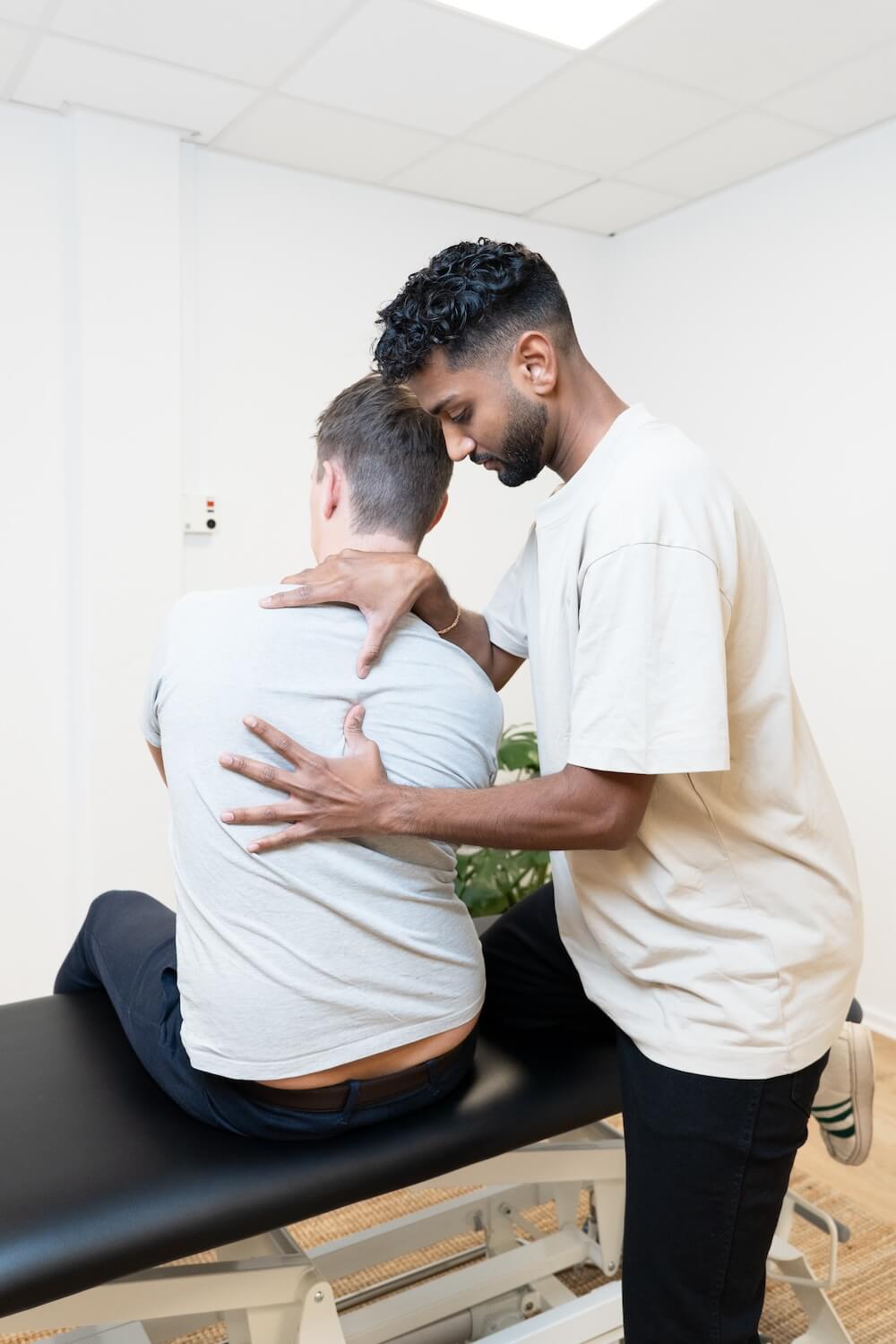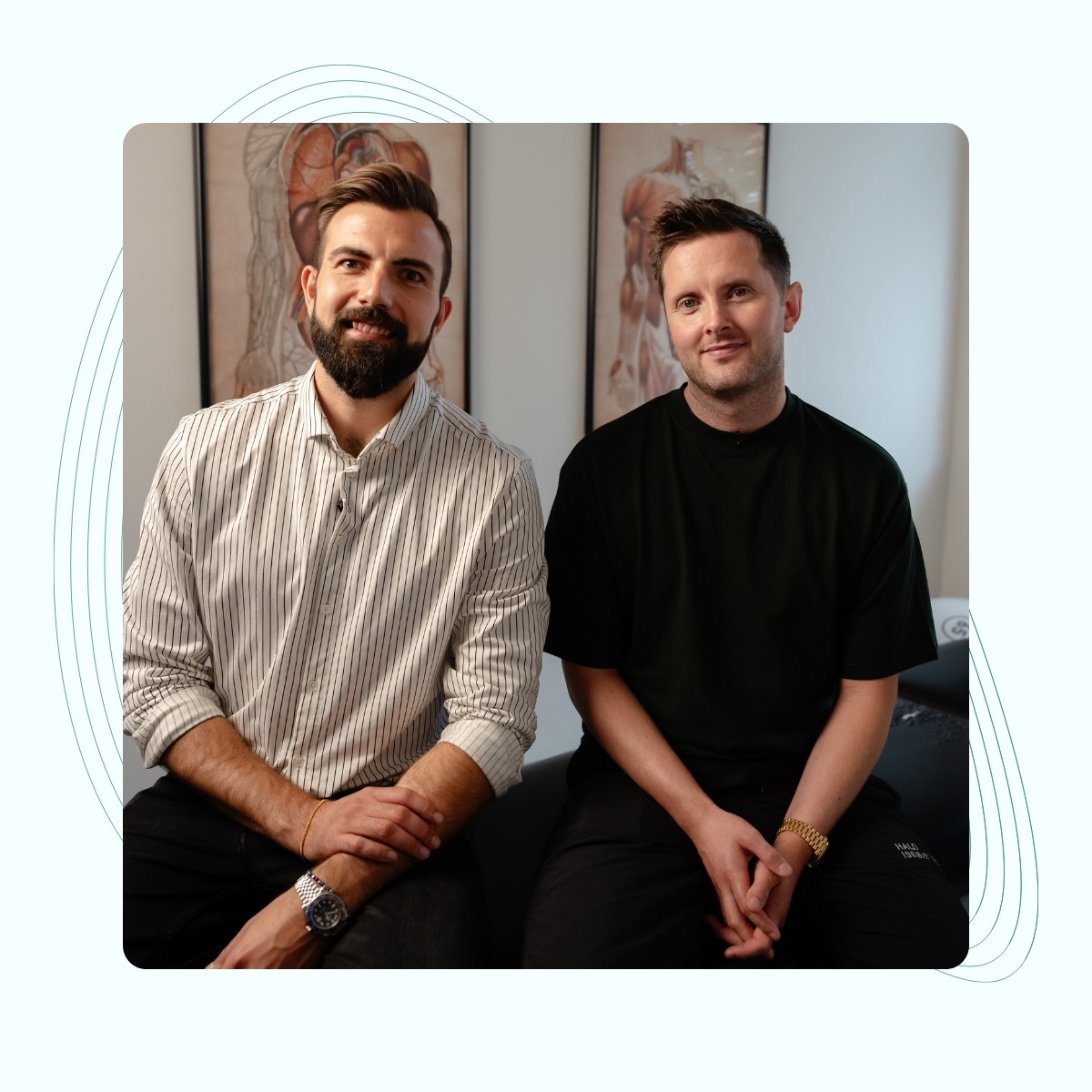We treat
Bicycle injuries
Learn more about bicycle injuries on this subpage.
Bicycle injuries
We specialize in the analysis and treatment of sports injuries, including cyclists. We have years of experience in the treatment of specific cycling-related injuries. Often these injuries can contribute to reducing physical activity, which can lead to a wide range of other problems in the body.
Injured on your bike? Book an appointment today
Jump to section [Vis]
The most common cycling injuries
Neck pain
Neck pain occurs in 30-50% of the adult population during the course of a year.
Cyclists are often bothered by pain in the neck and shoulders due to the forward-bent position they are in for long periods of time.
The connective tissue in the chest also often causes pain at the transition from the neck to the chest.
Tingling and sleeping hands
This type of discomfort often affects exercisers and cyclists who work in an office and therefore sit for many hours a day. The mechanisms here are that blood vessels and nerves to the arms and hands are pinched between the collarbone and the upper rib when riders get tired and hang on to the handlebars.
Back pain
The areas that are most often stressed in cyclists are the upper and lower back. It is in these areas that the distribution of the load in the spine is greatest. When the spine has been in a forward-bending position throughout the day, at work and on the bike, these areas can often be overloaded. Cycling also requires a lot of lateral mobility, as it supports the transfer of power from the core muscles through the legs to the pedals.
The lower back is the most important area in the body that provides lateral mobility.

Hip and pelvic pain
One of the most common pain problems is pain in the pelvis and hip region. Due to the position on the bike, it doesn’t take much for the thigh bone to pinch the labrum in the hip socket, i.e. the connective tissue that holds the femoral head in place in the joint. For example, sitting for long periods on the wrong saddle can lead to tension in the hip flexors, the deep gluteal muscle or deep hip muscles, which can lead to pinching and inflammation in the hip joint.
Great mobility and stability of the pelvic joints is also provided, as the joints are the lever arm from the force that comes from the core muscles down to the legs.
Knee pain
The knees are the most important area of power transmission for a cyclist. Unfortunately, the mobility of the knee joint is dependent on the mobility of the hip/pelvis and ankle joint, as the knee does not have a fixed point like the other joints. This makes the knee joint very susceptible to overuse injuries.
Tingling and sleeping feet
As with sleeping hands, this is an indication that blood vessels and nerves are being pinched on their way out into the leg. Tight hip flexors and gluteal muscles, pelvic misalignment, and back pain are often the causes of tingling and sleeping feet.
Acute cycling injuries & prevention
- Treatment of current injuries – we are experts in finding causes of back pain, neck problems, knee pain, hip pain, etc. We at Aarhus Osteopathy all have over 10 years of education in the examination and treatment of ailments throughout the body.
- Preventive treatment – cycling requires a lot of movement in several parts of the body. Aarhus Osteopathy analyzes the most important areas of the body, individually targeted in relation to your body type and biomechanics, with the aim of keeping your body healthy and injury-free. We also examine and treat all systems in the body that help you perform and recover after hard training sessions.

Osteopathic treatment of cycling injuries
We are experts in finding the causes of cycling-related pain. We treat all systems in the body, musculoskeletal system, organ system, blood system, hormonal system, nervous system and craniosacral system, with the aim of optimizing performance on the bike as well as preventing and treating injuries.

Often related problems
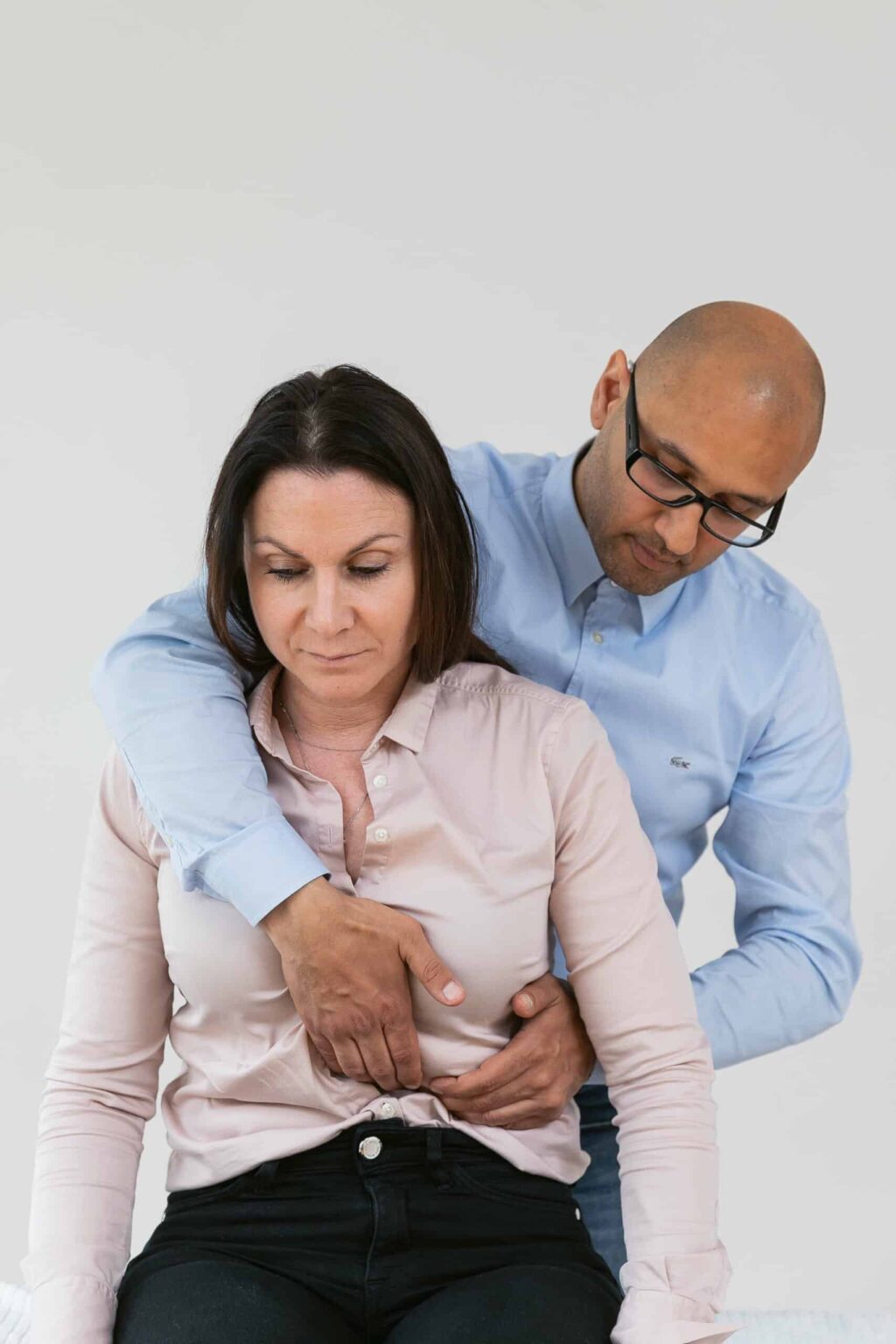
Side stitch
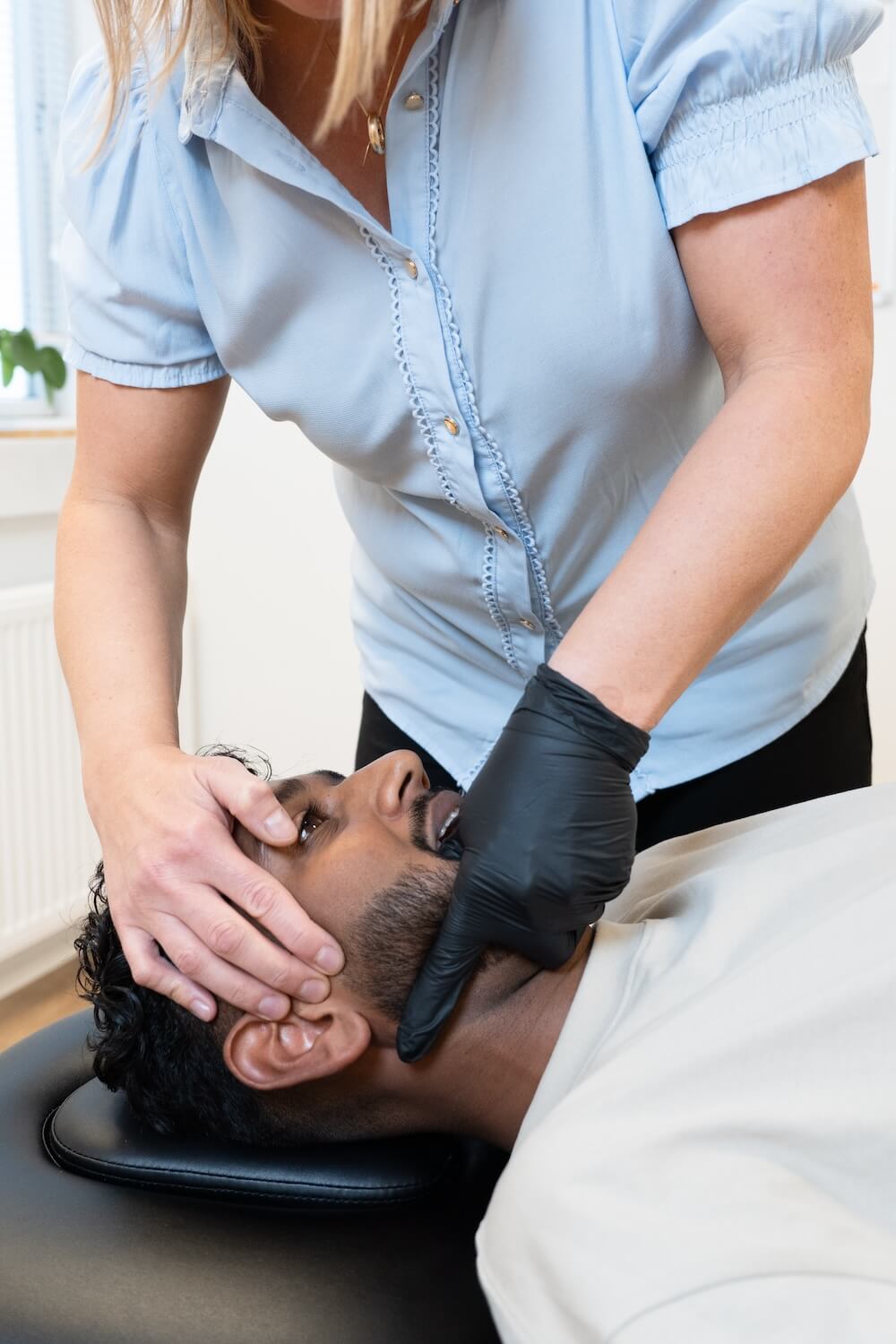
Kissing disease
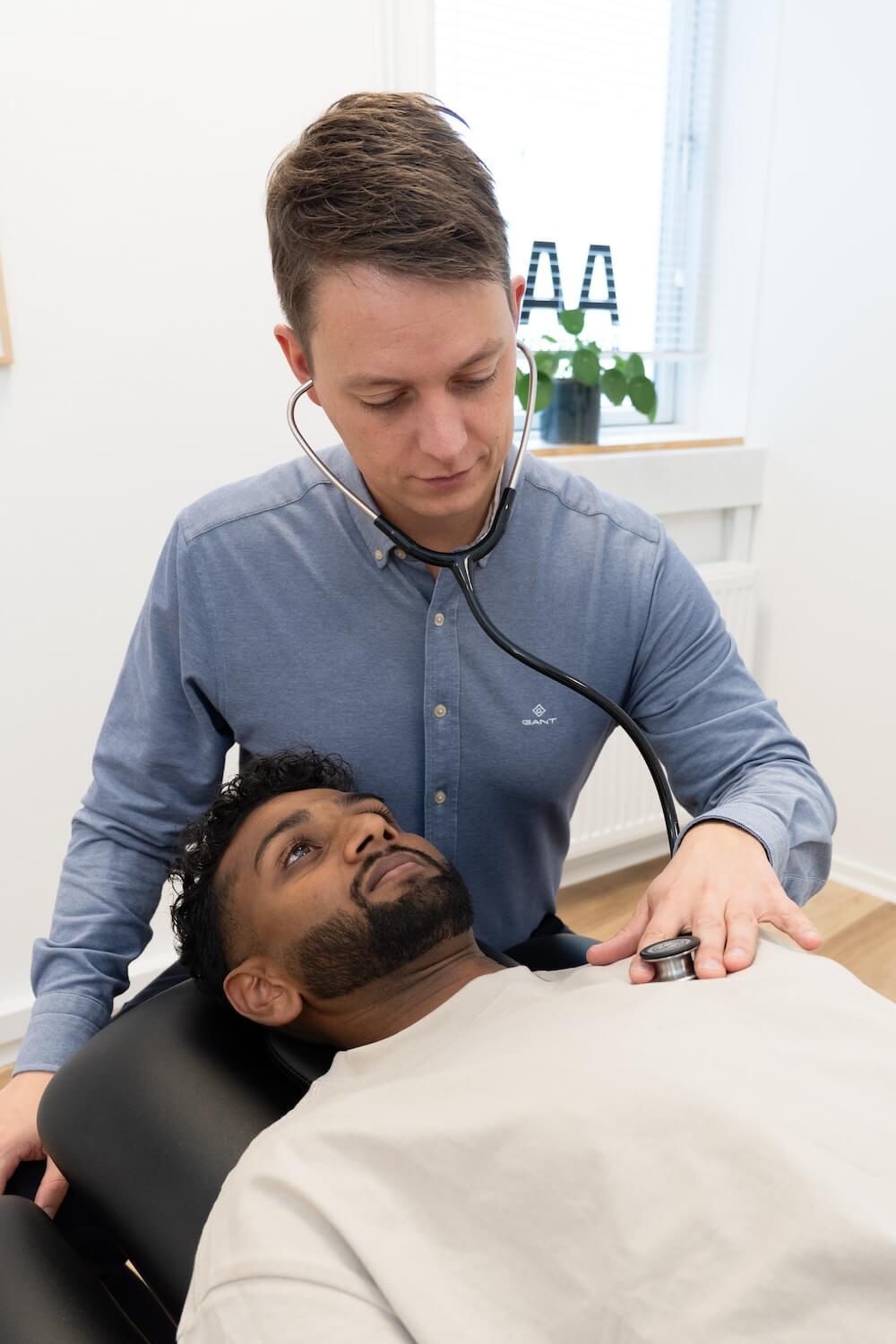
Diabetes mellitus
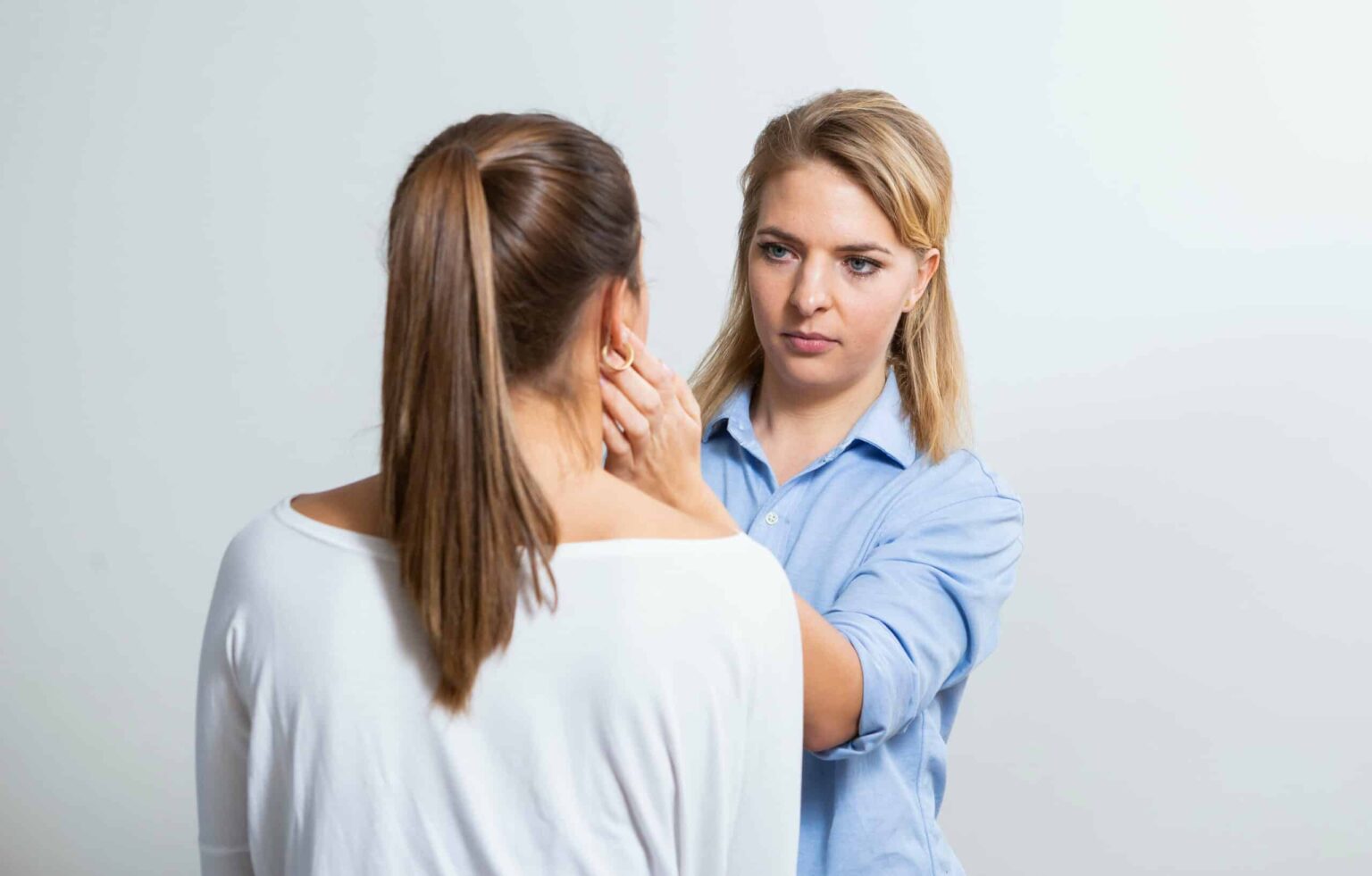
Eye inflammation
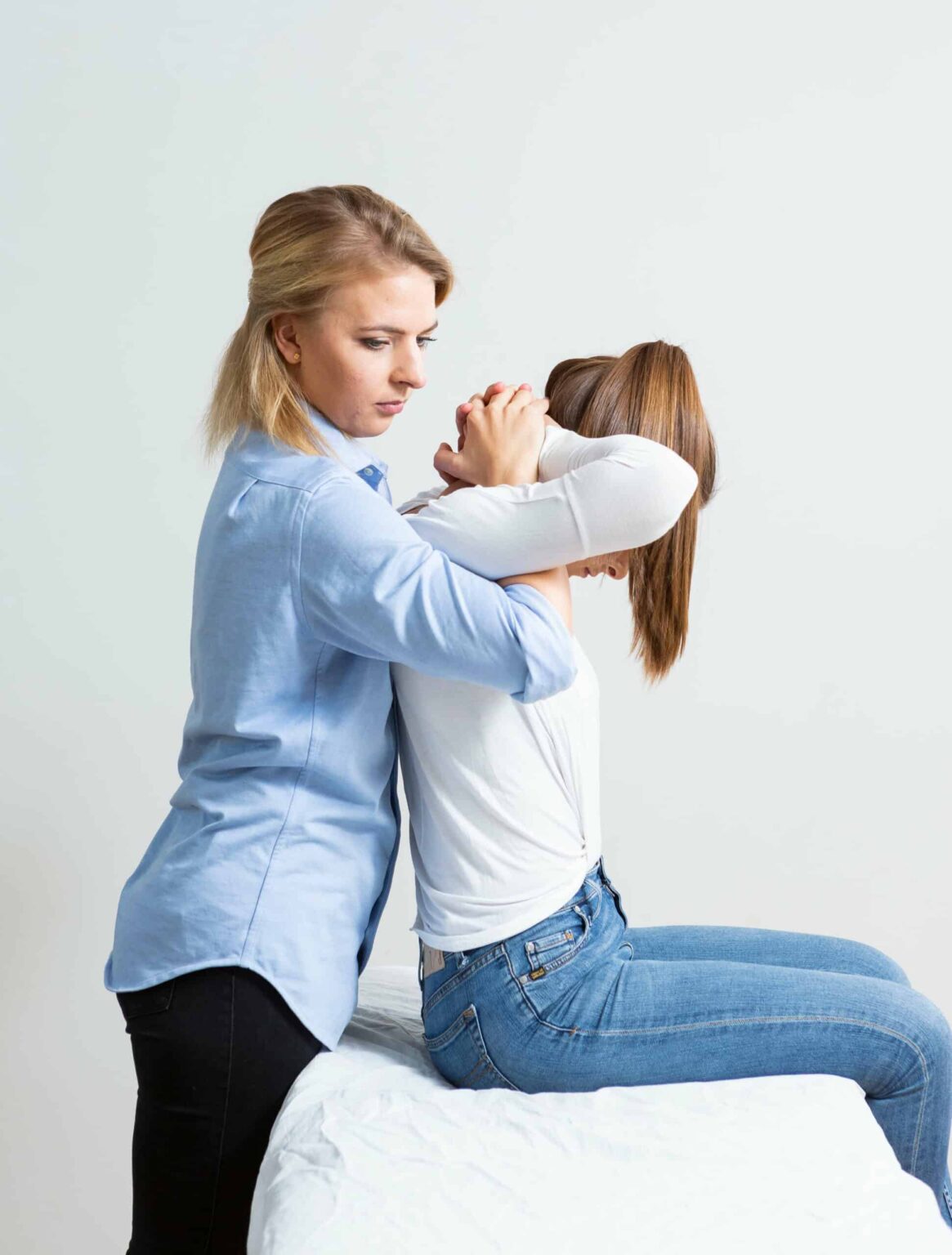
Padel injuries

Sedentary work
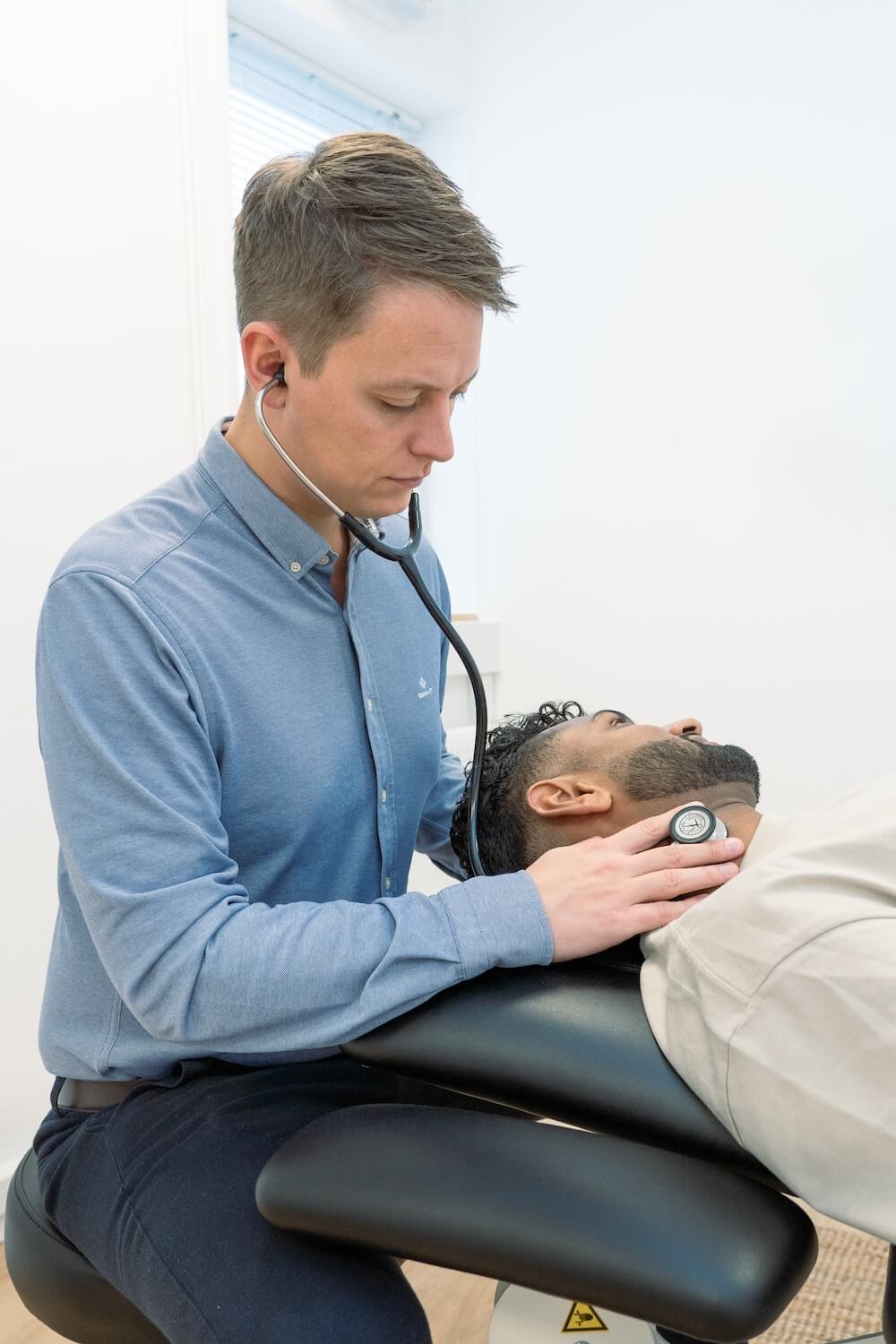
Nicotine and exercise
